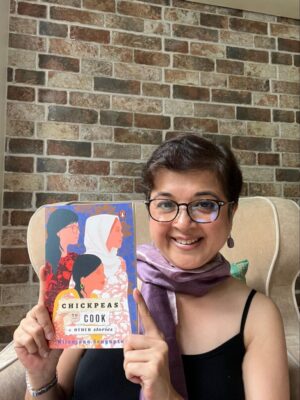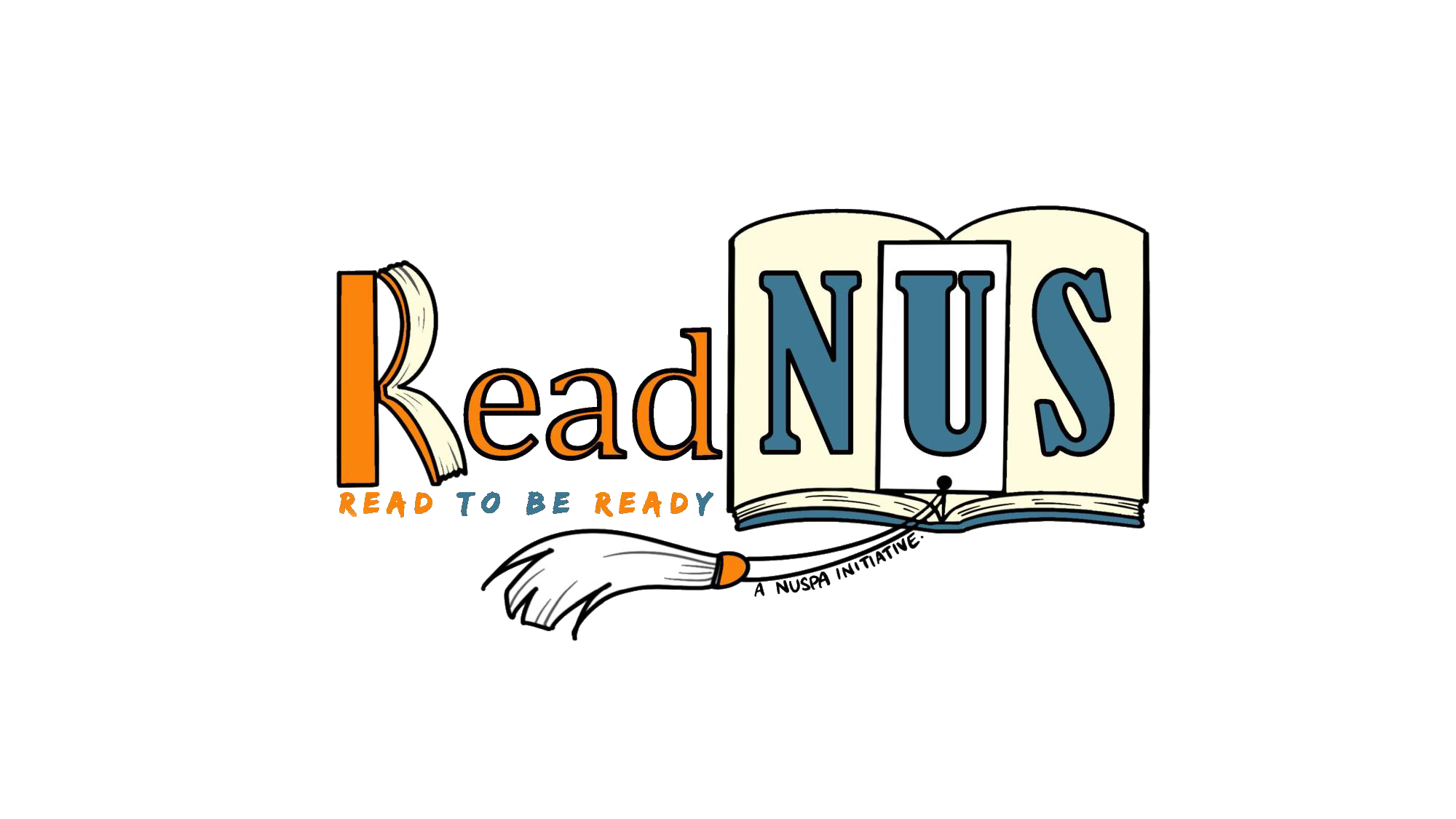What’s Cooking in Chickpeas to Cook & Other Stories
Darcel Anastasia Al Anthony

Besides her creative storytelling stints, Nilanjana Sengupta also writes for The Straits Times and the National Heritage Board
If you’re like me, a person who enjoys learning more about various cultures whilst reading stories with themes concerning race and religion, especially if it is set within a Singaporean context, then Nilanjana Sengupta’s latest hit — Chickpeas to Cook & Other Stories — is the perfect read for you.
Published in October 2022, Chickpeas to Cook & Other Stories is a compilation of short stories revolving around women from different ethnic communities and how their religious beliefs play a huge role in shaping the distinct culture that they hold on to steadfastly in Singapore.
From discussing the pertinent decision of wearing religious head coverings post-marriage to analysing the significance (or lack of) of one’s ancestry in modern-day Singapore, Chickpeas to Cook & Other Stories touches on the sensitive topics of faith and women of minority backgrounds. It relays several narratives of seemingly ordinary women made extraordinary through the immense fortitude and love they ultimately find themselves in. All of these captivating short stories put together transmute Chickpeas to Cook & Other transmutes into a tale of empathy and intimacy.
Before the start of each short story, Sengupta introduces the background to the respective ethnic and religious community that will be focused on for the subsequent pages. All of these communities are miniscule in size, and some are made up of no more than a few hundred families in Singapore. I especially enjoyed reading the introduction to each cultural group as I found it easy to understand which may not be the case for many other history books.
Chickpeas to Cook & Other consists of short stories on the following religious and ethnic communities:
- Islam: Dawoodi Bohras
- Judaism: Jews
- Hinduism: Nattukottai Chettiars
- Christianity: Eurasians
- Sikhism: Sikhs
- Buddhism: Theravada Buddhist-Burmese
- Taoism: Chinese-Taoist
- Zoroastrianism: Parsis
I was drawn to discovering more about these minority ethnic and religious groups in Singapore. As a self-proclaimed history buff, Sengupta’s technique of approaching the sometimes intertwined and perpetually intriguing cultures reels me in. My experience reading Chickpeas to Cook & Other was simply addictive, and I was drawn to Sengupta’s written world within the first few pages.
As these are all short stories, Chickpeas to Cook & Other offers a brief yet exciting dive into the unique cultural mix of Singaporeans. The in-depth interviews Sengupta conducted with these women and the extensive research she underwent for the book map a fascinating landscape of not just the origins of these ethnic and religious communities in particular but also of the intricate Singaporean culture and history.
“I chose this genre because I wanted to have it accessible to young readers as well as the not so academically prone. (Chickpeas to Cook & Other) is basically about women from some of the smallest, often disappearing, communities of Singapore, how they live and struggle and practise their culture and religion,” said Sengupta, who is currently based in Singapore.
Emulating the stirring words of Emeritus Professor Edwin Thumboo, who is the subject of Sengupta’s bestseller The Votive Pen: Writings on Edwin Thumboo, each Singaporean is uniquely distinctive from the other as each has two main cultural identities — being a Singaporean stands foremost while one’s ethnic background follows afterwards. Though there are several common cultural markers for every Singaporean to relate to, there are some practices that some Singaporeans may follow while others may not. For example, though Deepavali is a major holiday in Singapore, not all Singaporeans celebrate it. Instead, mainly Hindus, Jains, and Sikhs observe Deepavali as it is a religious festival.
Sengupta takes note of the unique Singaporean identity in Chickpeas to Cook & Other by depicting how various cultural customs act out in Singapore. Through her engaging storytelling, Sengupta gives the readers a taste of diversity and a slice of Singaporean life in words.
Though the short stories do not cover every ethnic and religious community in Singapore and at times, designate one ethnic group to a whole religion, it must first be understood that the book was not meant for a detailed scope into comprehending different faiths but instead as a refreshing way to shine light on the often overlooked female tribal groups in Singapore.
If you are concerned that you will not be able to pick up on cultural terms and jargon, fear not! These terms are explained In the footnote of the pages on which they first appear. Personally, I am glad for such explanations as I have always found it excruciating to take frequent breaks from reading just to search for a definition. Furthermore, a dinkus appears before the start of each story which aids readers, myself included, with reading and navigating through our thoughts.
Chickpeas to Cook & Other Stories is Sengupta’s first book that is not written in an academic tenor but instead, in a creative storytelling narrative that has been deeply researched with impeccable citations in place. However, it is not exclusive to Sengupta’s unwavering skill in managing seemingly controversial topics.
Through all of her writings, Sengupta has built a reputation that treks through unchartered territories. A Gentleman’s Word: The Legacy of Subhas Chandra Bose in Southeast Asia, where Sengupta chronicles the legacy of a forgotten war hero across Southeast Asia, and In The Female Voice of Myanmar: Khin Myo Chit to Aung San Suu Kyi, which touches on the latent masculine bias of Burmese culture, are just some of Sengupta’s critically acclaimed books. Such books have been adopted for university courses and translated into multiple languages. In addition, Sengupta has been associated with the ISEAS-Yusof Ishak Institute as well as the National University of Singapore in various research capacities.
All in all, Chickpeas to Cook & Other Stories narrates the stories of Singaporean women, both exiles and dreamers, andlovers and seekers of their cultural paths. It is a fascinating read that I would recommend to all, especially those interested in various cultural customs and those who would like to learn more about the rich history of Singapore.
Chickpeas to Cook & Other Stories is one of those books that you have to reread with time, for only then, will you be able to truly pick up on all of the historical titbits and have everything retained in your memory bank. For this reason and many others, chiefly because it was a delightful read, that I would reread Chickpeas to Cook & Other Stories again in the near future.
Brownie point: Chickpeas to Cook & Other Stories would certainly help you and your friends ace trivia quizzes.
Rating: 5/5
